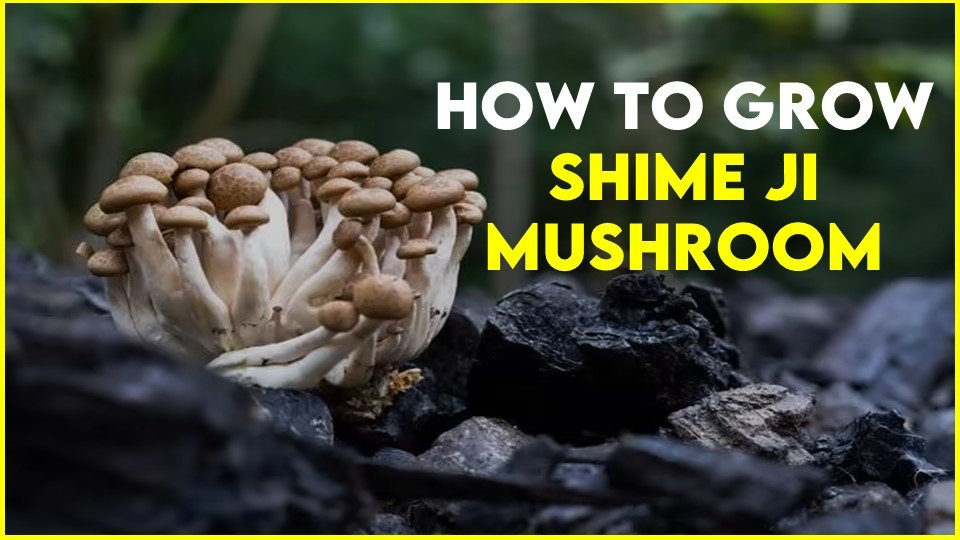In the ocean of the fungal world, Only 5% of 14000 species of mushroom are considered an edible mushroom. Shimeji mushrooms (Hypsizygus tessulates ) which belongs to an edible mushroom native to East Asia and is also grown in Japan, Europe, Canada north America, etc., grown in beech trees, cottonwoods, maples, elms, etc. trees that are famous for its unique flavor, aroma, and texture. Readers will get a clear-cut idea of how to grow shimeji mushroom indoors as well as outdoors through this article. Enthusiastic gardeners will know how to grow shimeji mushrooms at home and make a profitable business.
What is Shimeji Mushrooms ?
Shimeji mushrooms are an edible fungus with potential health benefits, has a nutty, crunchy, savory umami flavor, used in soups, stews, and sauces. A mushroom is nothing but a type of fungus. Mushrooms are of different types some are toxic, and some are edible. The edible mushroom category has a very long history. It was widely used in Chinese, Javanese, and Korean cuisine for many dates back but there was no evidence of Shimeji mushroom.
True Shimeji was first described by Pierre Bulliard in 1791, though he named it Agaricus tessulatus. It was later classified in 1872 by Howrad Bigelow.
One Japanese company Takara Holdings first patented the cultivation of Hypsizygus tessulatus in 1972. Since then it has become a staple in Japanese cuisine and is widely available in most Asian supermarkets.
Condition to grow Shimeji Mushroom
Shimeji mushrooms are related to elm oyster mushrooms. They can grow in scars, nooks, and cracks of dead or rotten hardwood trees or stumps. Commonly found in beech trees. The optimum temperature is 13-18°C for fruiting of shimeji mushroom. We can find them from late summer to early winter but can also be found year-round if optimum conditions are available.
Types of Shimeji Mushrooms
Shimeji is considered as an umbrella under this umbrella different varieties of mushrooms are there. Most of the experts thoughts that there are five types of Shimeji mushrooms.
1.Hon- shimeji:-
The scientific name is Lyophyllum shimeji, it is a wild species. It grows singly as mycorrhizal fungus. It shows a symbiotic association with live oak or pine trees and does not grow on rotten or dead matter. So, the commercial cultivation is not possible. It looks like a king oyster mushroom rather than another shimeji mushroom. It has a white stem with a brown cap.
2.Buna-shimeji:-
Scientific name Hypsizygus tessulatus, it is considered an authentic cultivar of shimeji mushroom. Unlike Hon shimeji, it grows in clusters mainly in beech wood. It favors dead or rotten wood of beech and feeds in a proper saprophytic fashion. Brown beech mushroom or brown clamshell mushroom is another name for Buna-shimeji.
3.Bunapi-shimeji:-
It is developed by Hokuto Corporation. It has no significant difference with Buna-shimeji, but it is just a different cultivar of the same. It is grown from UV-irradiated Buna-shimeji. It has a completely white appearance with a white cap. It is known as white beech or white clamshell mushroom.
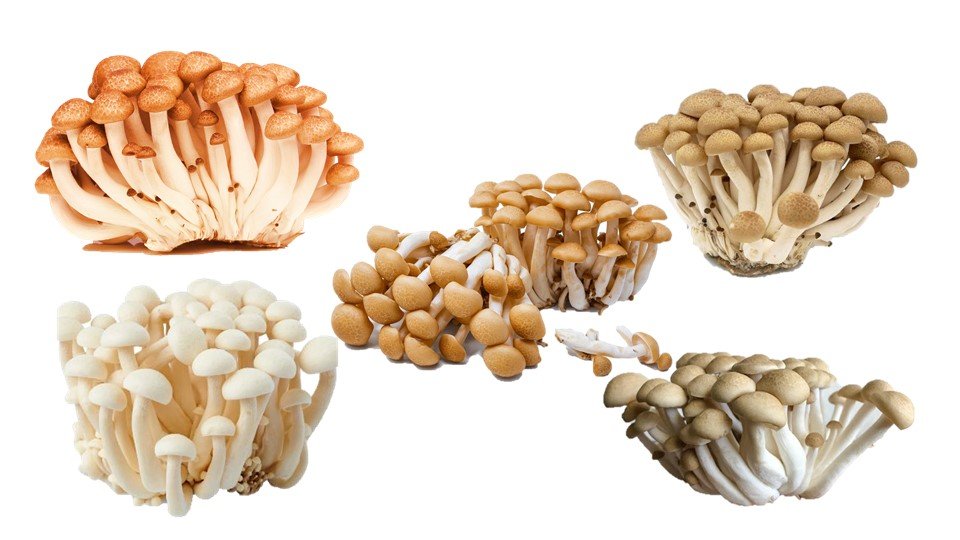
4.Hypsizygus ulmarius:-
It is almost identical to H. tessulatus that is Buna shimeji but the only difference is that it has distinct cracks in the cap.
5.Lyophyllum decades:-
It is almost identical to L. shimeji which is Hon-shimeji but it is smaller, and has a thinner stem with a more modest cap.
Also Read
How to Identify Shimeji Mushroom?
Shimeji mushrooms are difficult to identify as the wild Shimeji is very different from the cultivated Shimeji mushroom. Wild Shimeji is always grown as a cluster consisting of three or more than three fruiting bodies. It has a 1-3cm thick white stem with 3-8 cm tall. The cap is 4-8cm and convex shaped with white or pale tan colored edges. In the young stage white mottled spot is observed.
Cultivated Shimeji have a long, slender white stem and are covered with small, round caps with white or mottled brown color. They are grown in dense clusters.
Shimeji Mushroom Benefits
The nutritional value of the Shimeji mushroom is already discussed. It is one of the most nutritious mushroom varieties which contains vitamins, minerals, and lots of good flavor. Using of Shimeji mushroom in diet may add some benefits like-
- High fibre content
- Very low calorie
- No cholesterol
- Protein content
- Addition of vitamins B and D
- Addition of different minerals like zinc, selenium, potassium, phosphorus, copper, and magnesium.
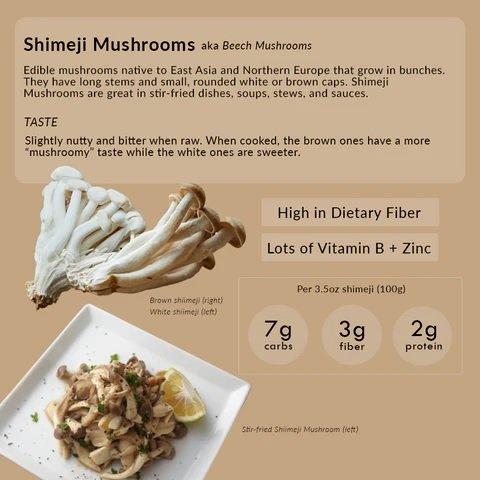
Blood sugar, high pressure, and cholesterol levels can also be reduced by consuming shimeji mushrooms with our daily food. Cancer-causing chance will also be decreased because it contains anti-cancerous agents. Prebiotic properties present in shimeji mushrooms boost the digestive system. Due to different health benefits and beautiful flavors, it can be added to every meal.
Nutritional Value of Shimeji Mushroom- shimeji mushroom nutrition
Nutritional value of shimeji mushrooms at 100 gm quantity- shimeji mushrooms contain high amounts of potassium, phosphorus, calcium, carbohydrates, protein, iron, fiber, zinc, vitamins B and D, glucans, niacin, etc.
| Potassium | 1575 mg |
| Phosphorus | 568 mg |
| Calcium | 98 mg |
| Carbohydrate | 50 mg |
| Protein | 33.89 mg |
| Iron | 18 mg |
| Fiber | 13.2 mg |
| Zinc | 5 mg |
- Also Read : Gucchi Mushroom Benefits That You Didn’t Know
How to grow Shimeji Mushrooms | Shimeji Mushroom Cultivation
Shimeji mushrooms can be grown outdoors as well as indoor conditions but it takes more time to grow compared to other mushroom varieties. So, it is recommended for beginners to grow another mushroom-like oyster, button, or paddy straw mushroom other than Shimeji mushroom. Here, we are discussing the growing techniques for Shimeji mushrooms.
Way 1: Shimeji Mushroom Cultivation in Outdoor Condition
To grow the mushroom in outdoor conditions the following steps should be followed-
1. Selection of Growing Site
- Shade and moisture- Choose an area that is free from direct sunlight, and has shady conditions with indirect sunlight and sufficient moisture condition.
- Protection- The place should be protected from strong wind and rainfall that will affect the growth of the mushroom.
2.Preparation of The Growing Bed
- Choose and prepare the substrate- Shimeji mushrooms can be grown in dead wood, sawdust, or straw. If straw is used then cut them into small pieces and soak in water for 12-24 hours to moist them. Before using remove the excess water. Sawdust or dead wood should be free from any kind of contaminants.

- Inoculation- After the preparation of the substrate the mushroom spawns are mixed well with the substrate. Spawn to substrate ratio is about 1:10.
- Growing bed- The mixture is spread over the selected area and creates the bed. Keep the bed well aerated and moist to facilitate proper growth.
3.Maintenance and Care
- Manage the Moisture- Check the moisture of the bed from time to time. Do not keep it in a dehydrated condition. Spray water timely over the growing bed to maintain the optimum water. Also, avoid any kind of water logging condition.
- Mulching- Mulching with straw or any kind of organic material can be done to conserve moisture. After decomposition, it will add extra nutrition for the fungal growth.
- Protection from its enemies- Mushrooms can be affected by various pests. So, protect them from various pest attacks using physical barriers.
4. Harvesting and Storage
- In outdoor conditions shimeji mushroom takes several weeks or months to grow. Harvest them when attain 1-2 inches in length. After attaining complete growth cut them carefully without affecting the surrounding mycelium. Once it grows, it can be harvested for several months.
- After harvesting store them in a paper bag or well-aerated container in the refrigerator for a few days. Use it as soon as possible for better texture and taste.
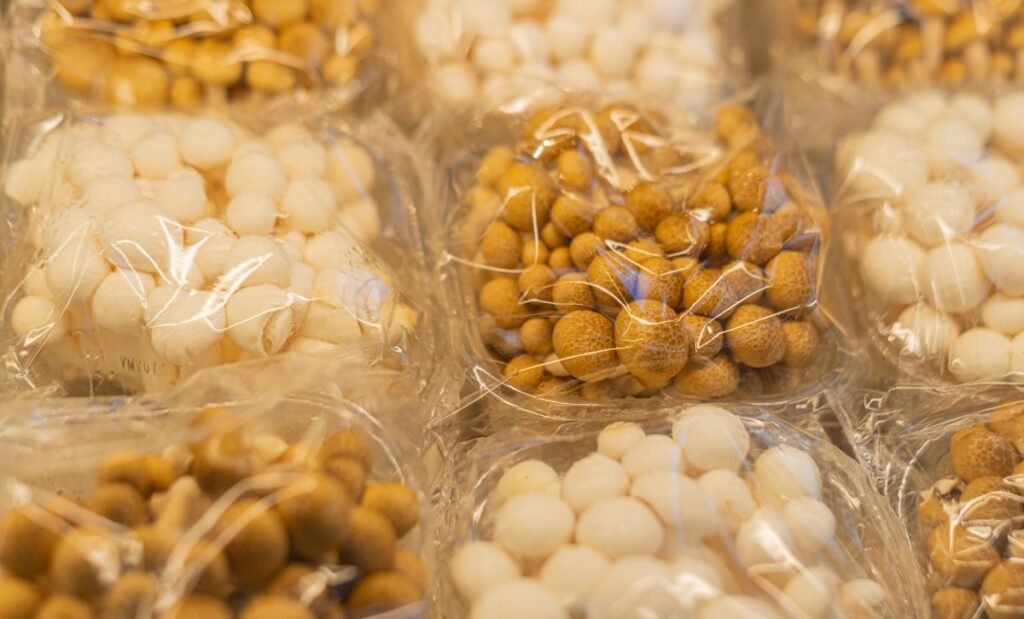
Way 2: How to grow Shimeji Mushrooms in Indoor Condition
In indoor conditions also it is difficult to grow and takes a longer time. We can grow in two different ways in indoor conditions.
1. Using a pre-inoculated grow kit-
It is for beginners, the easiest and fastest way of growing mushrooms in indoor condition. Here the grow kit is available in the market and which already inoculated. We have to buy the kit and place it in the proper condition. After the food source or substrate is completely colonized we can harvest the fruiting body. The first flush of mushrooms will be ready to harvest within two weeks. We just need to cut down the kits during the harvesting.
2. Using Glass Jars-
Secondly, we can grow manually in the grow bags or glass jars. Here we need to prepare the substrate and inoculate it with shimeji mushroom spawn on its own. Place the growing bag in proper condition for fruiting. Within 2-3 months the food source is completely colonized depending on the condition available. After the fruiting starts it can grow for another 2-3 weeks. It is a difficult process compared to growing them using a pre-inoculated grow kit.
Conclusion:-
Mushroom is nothing but a type of fungus, which are mainly saprophytic in nature. Mushrooms can be edible or toxic also. As this edible mushroom contains high fiber, minerals, carbohydrates, and proteins, so, they are important for our health in reducing blood sugar, high pressure, cholesterol levels, etc. It has anti-cancerous properties which are also very beneficial for health. By addition of shimeji mushrooms to the daily food chart provides a complete diet. For that, it has been one of the important sectors in Chinese and Japanese cuisine for a long date back.
Growing shimeji mushrooms takes a little bit more time when compared to other conventional mushrooms like oysters, buttons, and paddy straw mushrooms. Proper care and patience are needed to get a very high-quality shimeji mushroom in both indoor and outdoor gardens. All the growing procedures, harvesting, and storage techniques are thoroughly mentioned. readers will be very helpful in understanding the Shimeji mushroom, its Importance, and how to grow shimeji mushroom procedures by going through this article.
Latest Post
- Study Agriculture Abroad : A Complete Guide for USA

- July Issue (2024): Times of Agriculture Magazine

- Why Money Plant is called Money Plant ? Answer in 5 min

- How to grow Monstera from Cutting: 5-Step Detailed Guide

- Latest 10 Finest Terrace Garden Ideas to Transform Your Rooftops

- Top 10 Low Light Hanging Plants to make your Room Crunchy

- Best Water Harvesting Techniques for a Sustainable Future
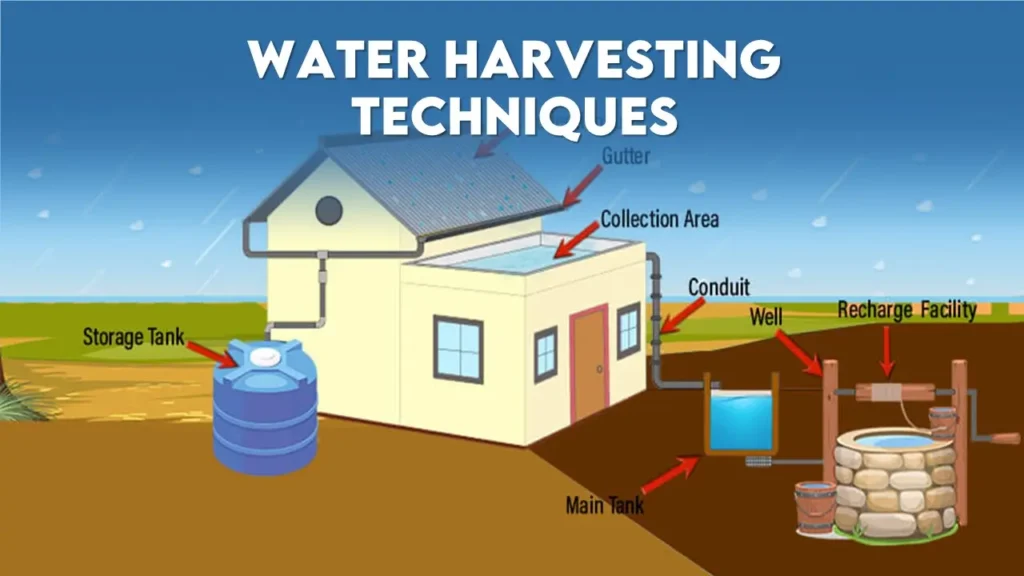
- Low Maintenance Indoor Plants for India: 15 Best plants for home gardening
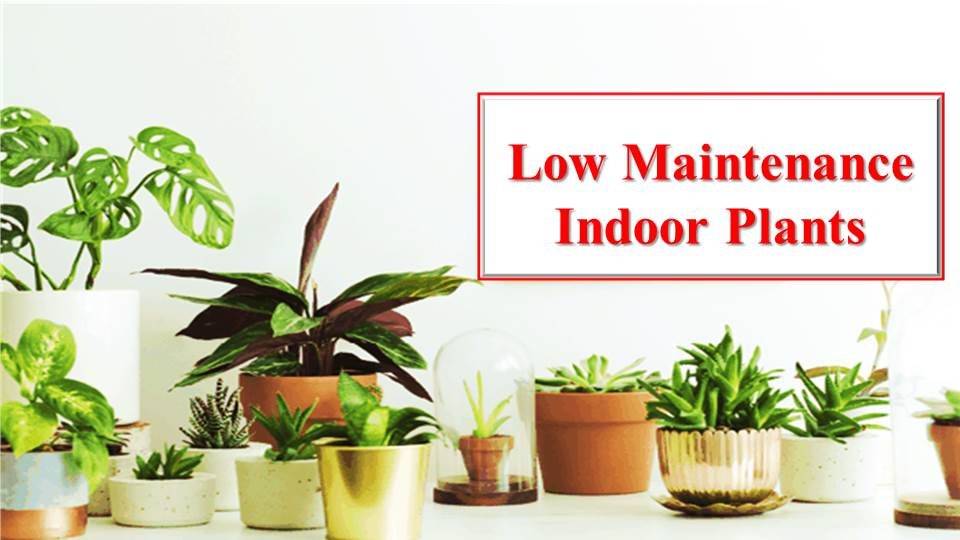
- Top 23 Flowering Trees in India: Flower Tree for Home



